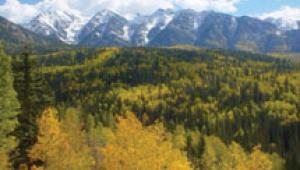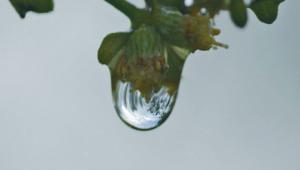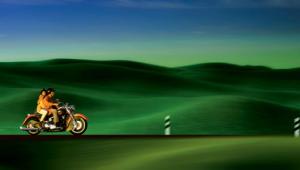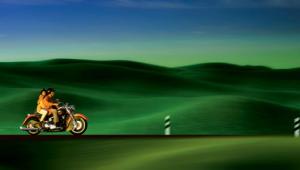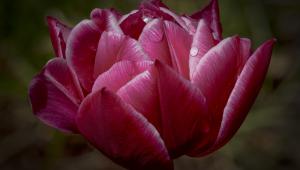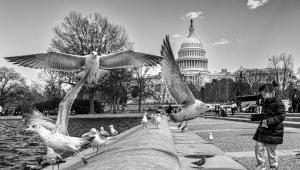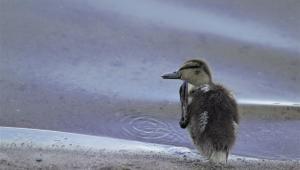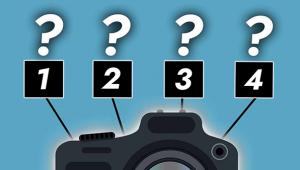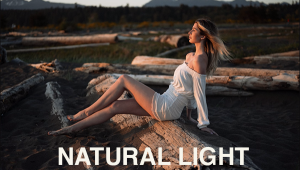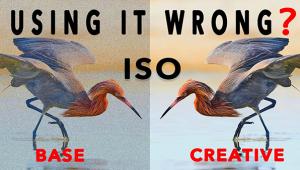Travel Photography Tips Page 2
 | Shoot Enroute
Don't forget to take photos on the way to and from your destination(s). Shots out the airliner window, from the ship's deck or porthole, or from the train or bus or camel or whatever your mode of transportation, can be great transitions for your travel slide show, and stand on their own as well. This goes for local travels at your destination, too—even when walking to a local landmark. Always keep your eyes open for potential subject matter. Top photo Nathan Hernandez, bottom Mike Stensvold |
 | Weather & Moods
"Bad" weather isn't necessarily bad for photography. Fog can add a misty mood to early morning shots, clearing storms provide some of the most dramatic lighting there is, and even light rain offers a different look than the usual tourist shots. Naturally, you'll want to protect your camera and lens against the elements (a plastic baggie can generally suffice). If you don't want to risk your "good" camera, get a waterproof single-use camera. Top photo Lynne Eodice, bottom Lynne Eodice |
 | People
People always make excellent subjects. Photograph your fellow travelers, as well as residents you encounter along the way. Locals at work can be quite fascinating. And you can position a person in a scene to show scale and add human interest. It's best not to use a built-in flash unit as the main light source for people shots. Late-afternoon sun yields beautiful portrait lighting, as does light from a thinly overcast sky, or even open shade. Fill-flash, to add catchlights to the subject's eyes, is fine. Top photo Nannette Freeman, bottom Ron Leach |
 | Details
Point-and-shoot travelers generally take pictures of the famous landmarks (not a bad thing—there's a reason why they're famous), from too far away (a bad thing). Shoot overviews to establish your location, then move in and capture the interesting details that the casual sightseer misses. The idea of travel photos is to get pictures you couldn't get at home, but don't miss a good shot just because it's the sort of thing you could shoot at home. Top photo Ron Leach, bottom Mike Stensvold |
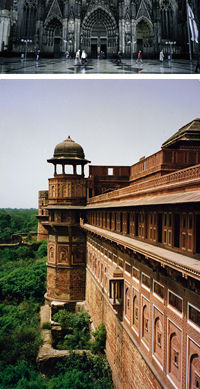 | Architecture
Some of the most popular tourist attractions are buildings, and interesting architecture is always a great photo subject, at home or abroad. One key to good building shots is lighting. If you're going to be in the area for a couple of days, check out photogenic buildings first thing in the morning, later in the day, and in late afternoon, shooting whenever the light looks good. Overcast days will reduce contrast, making it easier to hold detail from brightest to darkest part of the building, but flat light also reduces dramatic impact. Photograph interesting buildings whenever you find them, but think about how they might look in eastern morning light or western afternoon light. If the building is attractively lit at night, photograph it (with the camera on a tripod) at twilight when there's still some light in the sky, and after dark against the near-black sky. If you have to tilt the camera up to get the top of the building in the shot, the building's lines will converge toward the top of the photo. You can minimize this by shooting from farther away so you don't have to tilt the camera up. Pro architectural photographers use view cameras, and shift the lens up to get the building in while keeping the film plane parallel to the subject plane; 35mm SLR users can use a "perspective-control" or "shift" lens to do the same, although these lenses are costly and not available for all camera models. Actually, if you compose with the converging vertical lines in mind, they can be interesting compositional elements. Top photo Ron Leach, bottom Nannette Freeman |
- Log in or register to post comments





